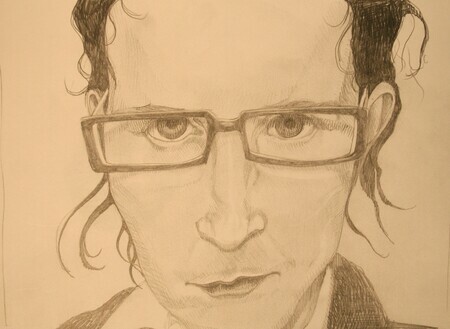| Home | | | Recent Works | | | CV | | | Galleries | | | Events | | | Blog | | | Mailing List | | | Contact |
Pauline Conley

Brief Biography
Artist Statement
Three key motifs have been deployed in my work during the recent past:
1. Totems
The 'stacks' that appear are inspired by organic forms. They are the bones of the painting - but also reference totems. The vertical lines are created by gravity through drip lines. The stacked layers are created by applying kinetic marks, which are then carefully edited to retain the abandon of the gestures used to make them. The sum is a complex file that references thought and action at the same time.
As I started my working life as a fabric designer the use of pattern still creeps in to my paintings from time to time. These small patches of detailed ornament add a visual pop to the over-all image, while referencing the simple day to day of the domestic.
The 'x' is a symbol that carries a lot of baggage. It is strong, simple, jagged. It marks the spot and cancels it out at the same time. The ‘Xes’ also create a grid on which I can construct the non-figurative imagery, which is at the centre of my work. In some recent paintings there is an emergence of layers forming networks of mesh or fiber, rather than the flat ‘X’ plane. The mesh, in turn, suggests the organic and/or cellular. It depicts the universe within – both spiritual/emotional, and corporeal.
In summation, the images are evocative in a way that figurative and literal images cannot be. The narrative quality of the work is delivered not through recognizable signs, but rather through carefully retrieved impressions – willfully rescued from the space between awake and asleep, thought and dreaming.